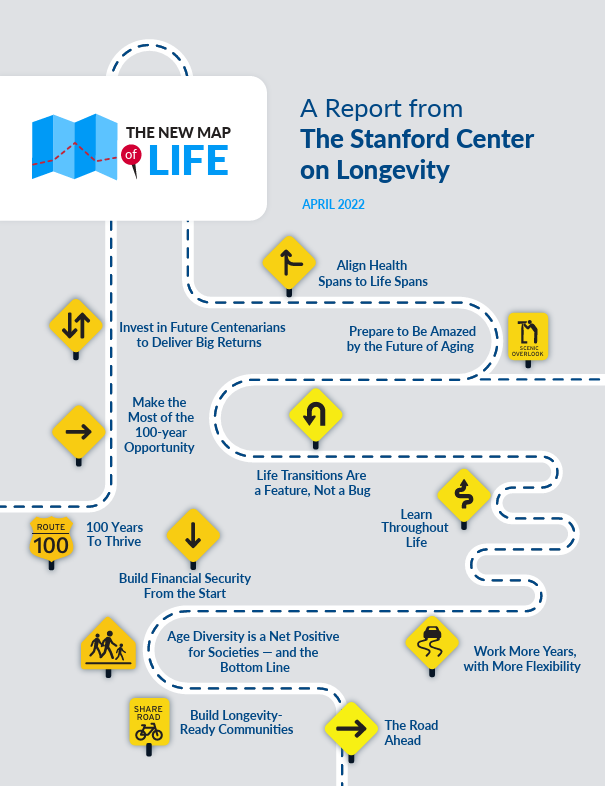I’m invested in aging in place and seek companies prioritizing quality and strong relationships. A PHCP Pros article about Frank Webb Home caught my eye. It highlighted their commitment to enduring connections in home building and improvement, crucial for Gen X planning for evolving home needs.
Frank Webb Home emphasizes long-term partnerships. Their focus on communication, reliability, and understanding client needs builds trust. This is vital for home projects, especially aging in place. This personalized approach acknowledges the need for tailored solutions.
For Gen X navigating midlife, genuine relationships are paramount. We value lasting quality over fleeting trends. Modifying homes for accessibility requires reassurance. A company prioritizing enduring relationships, like Frank Webb Home, is key.
The PHCP Pros article described Frank Webb Home’s comprehensive support. From consultations to completion, this holistic approach is vital for aging-in-place projects. Expert advice and quality products provide peace of mind.
As we age, our homes must adapt. Modifications like grab bars and wider doorways need a partner understanding functionality and aesthetics. Frank Webb Home’s dedication to lasting relationships suggests this partnership.
Frank Webb Home’s commitment to lasting relationships is refreshing in a market driven by quick fixes. It underscores the importance of quality and supportive connections. This aligns with aging in place, ensuring comfortable, safe, and supportive homes for years. Find their contact info on their website.











